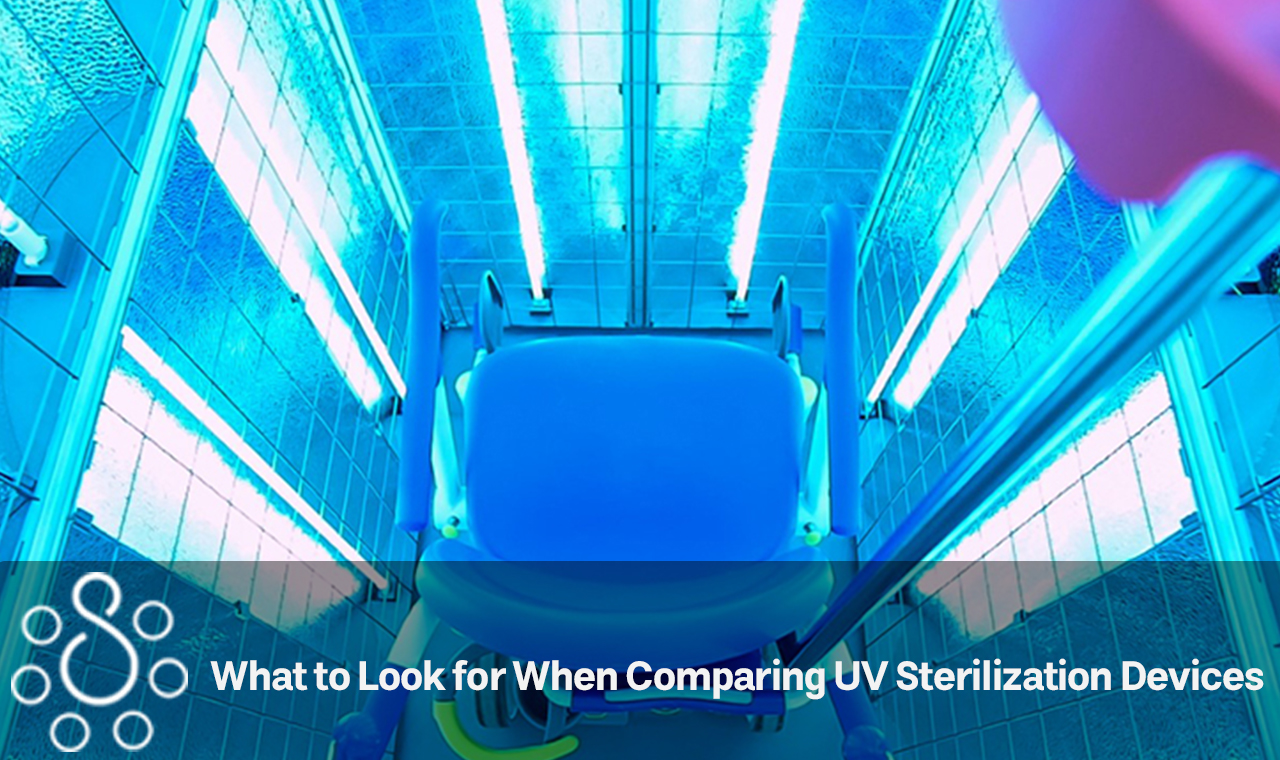In the fight against healthcare-associated infections, sometimes known as HAIs, ultraviolet (UV) sterilization is proving to be a vital and rapidly expanding tool. There is no question that UV sterilization is an extremely efficient method for eliminating infectious bacteria, viruses, and fungi. Despite the fact that you might have some questions regarding what UV sterilization is and what it can do for your healthcare facility, there is no question that UV sterilization is extremely effective. UV sterilization creates a hygienic environment and is an extremely effective disinfectant, but it may be difficult to choose which UV sterilization system is best for you and your facility. UV sterilization offers a sanitary workstation and is an extremely effective disinfectant. This article will help you understand what elements to consider when comparing UV sterilization devices, and it will also help you choose which device will help you safeguard your employees and patients the most effectively. Follow us to do the best.

Why Should We Use Ultraviolet Sterilization?
Since its discovery in 1879, UV sterilization has not been a cutting-edge technique. After it was found that UV was a valuable technology for cleaning infected environments, more research was conducted to discover the precise nature of UV’s benefits for sterilizing purposes. Since the turn of the 20th century, UV sterilization has been used to sanitize a variety of environments, including water and work surfaces. Because its wavelength is shorter than that of visible light, UV radiation is able to penetrate and kill the bodies of viruses and bacteria.
It has been discovered that UV sterilization, also known as ultraviolet germicidal irradiation, is an exceptionally efficient method of killing microorganisms. In a very short period of time, UV sterilization sources may eliminate more than 99 percent of all viruses, bacteria, and fungus. As a result of the efficiency of ultraviolet radiation, a wide variety of UV treatments as well as UV-based sterilizing tools have been created. Because of this, it may be difficult to decide what kind of UV equipment would provide the greatest results for your establishment. So, comparing UV sterilization devices is a considerable issue.
Related Article: Differences between UVA, UVB, and UVC
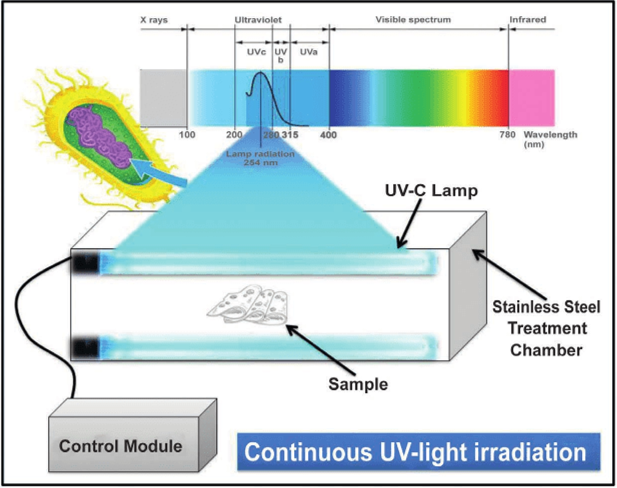
Where Exactly Is UV Put to Use?
In spite of the fact that UV sterilization can be utilized as an additional infection control strategy for virtually any circumstance, such as disinfecting water and work surfaces as was discussed earlier, the effectiveness of the sterilization makes it possible to access other specialized areas as well. The building and remodeling of hospitals is one of the most promising and rapidly expanding applications for ultraviolet technology. The prevention of the transfer of infectious diseases from hospital work areas to other patients is an essential component of infection control systems.
The UV sterilization processes assist in establishing a standard that might be difficult to achieve by hand cleaning. UV sterilization in hospitals is very beneficial since it enables a standardized approach to the disinfection process. Because of how effective it is, UV sterilization is more than just a passing fad when it comes to the disinfection and cleaning procedures used in hospitals.
Nevertheless, while looking at different gadgets, it is essential to locate one that is capable of satisfying your requirements, regardless of how big or tiny those requirements may be. Recent research has shown that the size of the device frequently does not have a role in the success of the sterilizing process itself. Instead, the usefulness and comparing UV sterilization devices you have depends more on a number of other aspects than it does on the UV light itself.
Related Article: How to use a UV sterilizer box
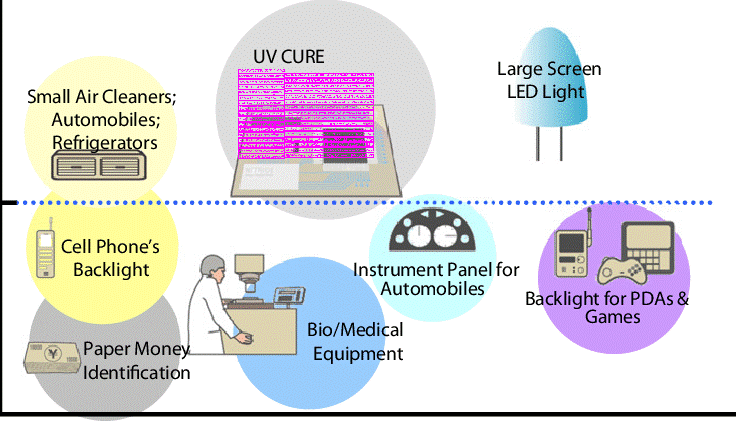
How may ultraviolet light be put to use?
In addition to water and surface disinfection, UV may be used as a method of sterilization for various forms of disinfection. UV light has the ability to sterilize the air in enclosed areas, making it a very useful tool in healthcare facilities. Installing UV equipment, such as lamps and lights, on the ceilings of rooms and other spaces where air circulates may disinfect the air as it flows, thereby enhancing both the air quality and the efficiency of the UV sterilization. Workplaces may also benefit from the sanitizing effects of UV on equipment. UV sterilization is not a wet solution like other disinfectants, which means that it is possible to utilize it as a more efficient option for ensuring that equipment and instruments are properly cleaned.
This is because UV sterilization does not leave behind any residue. In addition, as was indicated earlier, it may assist in enhancing the uniformity of cleaning and disinfection by eliminating components of human error that are inherent to manual cleaning methods. This can help improve the overall quality of the cleaning and disinfecting process. Because UV sterilization has such a broad variety of applications, selecting which device will be able to deliver the most effective solution is dependent on the kind of undertaking that you are engaged in. Taking into consideration the possibility that you may wish to utilize your UV sterilization equipment for more than one form of disinfection, determining the specific kind of utility that you want from your device can assist you in selecting the most appropriate option and comparing UV sterilization devices
Where should one look for comparing UV sterilization devices?
- Affordability
Devices using UVC technology may be found in a wide variety of sizes, shapes, and forms. Although the efficiency of each is dependent on the design and construction, it is essential to consider how you will really be putting the item to use before making a purchase. A desktop LED UVC disinfection chamber may be the most cost-effective option for smaller items; however, larger form factors may be more acceptable for larger objects or rooms. If your UVC gadget caters to your safety, offers rapid and simple disinfection, and has a cost that is cheap, then getting one is a good choice.
Related Article: Are UV sanitizers effective? What You Should Know Before Making One

- Effectiveness
UVC light disinfection, in contrast to other techniques of disinfection, provides solutions that are safe for the environment, efficient against germs, and require little to no effort to implement. When absorbed by the RNA and DNA of the microorganisms, the high energy that is associated with UV light due to its short wavelength (254 nanometers) causes the nucleic acids of the microorganisms to become damaged, which inactivates the microorganisms (Find Out More from the Science of UV Disinfection).
In spite of the fact that all UVC radiation kills germs, the way in which the equipment is constructed may have a significant bearing on how well it works. The actual source of UVC light, the architecture of the chamber, and the cycle duration are all crucial factors to consider when determining whether or not a UVC device is capable of performing the tasks for which it was designed. Does it give 360-degree protection? Is the amount of time sufficient to eradicate all infectious agents? Is the chamber the appropriate size for the function that it will serve? When determining which unit to purchase, all of these concerns need to be taken into consideration. When shopping for a device, it is important to search for one that has been validated as effective against germs via testing conducted in a laboratory under real-world conditions.
related article: What Is a Toothbrush Sanitizer?
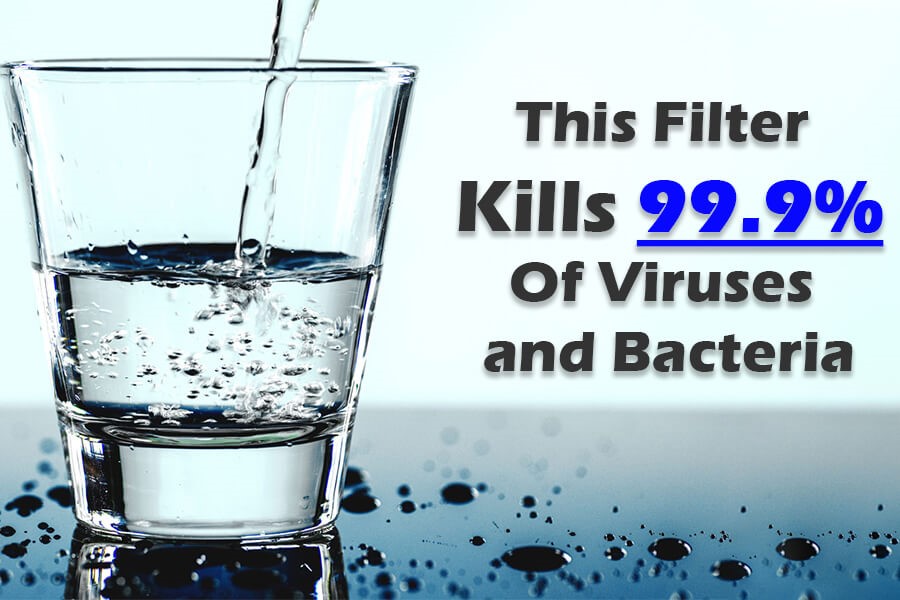
- Convenience
It should not be difficult to access and use the UVC device itself. Studies have shown that if something has to be prepared beforehand and takes a significant amount of effort to set up, then individuals will stop making it a habit to use it. We live in an era of rapid gratification, and things that were lightning quick a year ago, such as computers and phones, now seem painfully sluggish to use in comparison.
When determining how convenient it is to use, the form factor of the UVC device, the amount of time required to disinfect an area, the location of the operation, the level of difficulty involved, and whether or not it requires maintenance are all key factors to take into account. People touch their faces at least 16 times per hour, according to Healthline. It is more likely that you will get ill if you are exposed to the pandemic virus, regardless of whether you are in your own house, at work, at a restaurant, or at a gym, since the pandemic is still going strong. Therefore, it is essential to choose the appropriate tool that is user-friendly so that making use of it may become second nature.
Related Article: 5 surprising ultraviolet uses for the hospitality industry
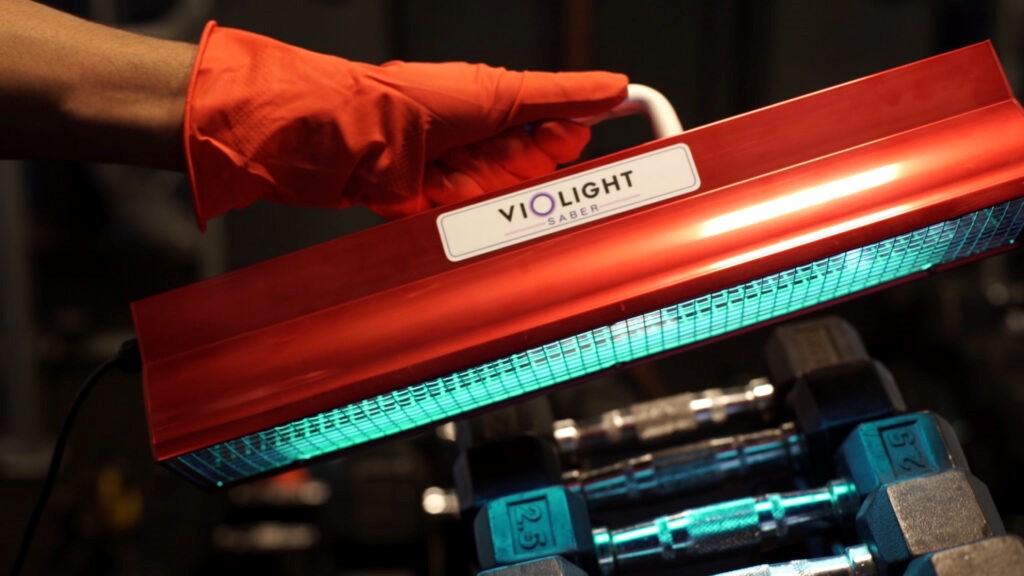
When comparing UV sterilization devices, these three items will help you understand what aspects to take into consideration, and they will also help you pick which device will help you protect your staff and patients in the most effective manner.
Which Kind of UV Light Is Ideal and Why?
The majority of UV sterilization systems derive their disinfection efficacy from exposure to UVC light. It is because UVC light is such an efficient method of disinfection that it is the kind of light that sees the most widespread use. However, it is also capable of causing some significant harm. If proper precautions are not taken, exposure to UVC light may cause harm or injury to the user since it can penetrate human skin. Over a period of time, exposure to UVC radiation may also degrade some types of polymers and rubber components.
Traditional lighting methods offer a superior alternative to UV-FORCE® technology. UV-FORCE employs a distinct wavelength within the UVC spectrum known as far-UVC to achieve the same level of disinfection efficacy as traditional UV-C but without the potentially harmful side effects. When compared to other techniques of disinfection, far-UVC has the ability to operate more swiftly and disinfect more quickly, resulting in better efficiency. The assertion that far-UVC cannot penetrate human skin and cause damage to humans is supported by research that was published not too long ago.
Related Article: Does your child drink water from a private well?
This finding lends credence to the claims that far-UVC will keep workers safe in the workplace. The use of far-UVC for workplace cleanliness and general human protection is preferable. Mercury is found in the bulbs of many conventional far-UVC lamps and lights, which makes their disposal dangerous and makes the process much more difficult. Since far-UVC does not employ the use of mercury, it is a more secure technology, both in terms of its application and its disposal. The kind of light that an UV sterilizing equipment uses and comparing UV sterilization devices are the most critical consideration to make when deciding which device would work best for your project. It is possible for certain pieces of apparatus, such as our Airborne Disinfection Module with UV-FORCE® and our GermBuster Room Air Purifier with UV-FORCE®, to be incredible instruments for the purposes of sterilization and disinfection. This is due to the increased efficiency and improved safety that these pieces of apparatus offer. You may download our guide if you would like additional information about the far-UVC light.
In conclusion, the kind of light that is used in the UV cleaning equipment you choose and comparing UV sterilization devices are the most important consideration in determining whether or not the device is suitable for the task you have at hand. A device such as the Far-UV ray may be an incredible instrument for cleaning and sanitizing in light of the fact that it is both more effective and safer than traditional methods. When it comes down to it, everything depends on the specific application for which disinfection is required. No matter whether device is used, the disinfection process must be quick, thorough, and conducted with little effort on the user’s part.

